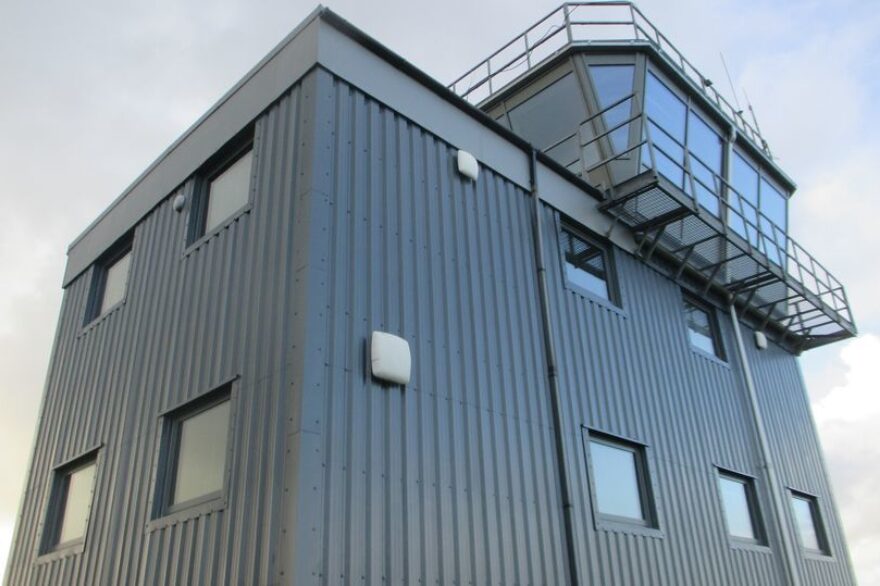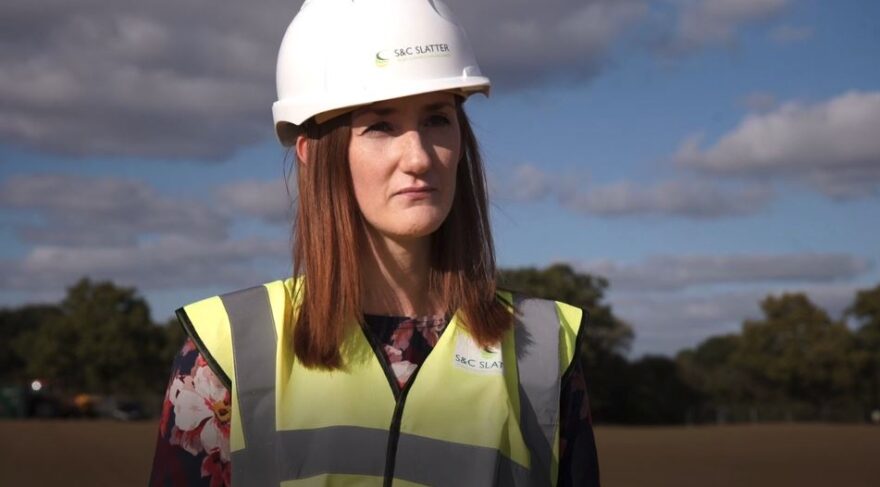Meeting Scotland’s low carbon targets

In this blog, Ant Wilson MBE – CIBSE Silver Medal recipient, Fellow of the Royal Academy of Engineering and Director of Sustainability, Building Engineering at Perfect Circle partner AECOM – shares his thoughts and top tips on how Scotland can meet its ambitious, new low carbon targets:
As part of Scotland’s transition to a low carbon economy, the Scottish Government’s Climate Change Plan sets the target of a 66% reduction in greenhouse gas emissions by 2032.
Public sector bodies in Scotland are committed to implementing the behaviour and technological changes necessary to reduce carbon emission levels to those required to meet national targets.
The future for energy in Scotland looks very clean. Scotland’s energy use is dominated by the demand to heat buildings. This demand is higher than the need for both transport and the production of electric power combined.
The UK as a whole is making massive reductions in the carbon concentration in electrical power, with Scotland having over 50% of its electrical power coming from renewable energy.
Renewable power is dominated by wind energy, followed by hydro and then solar. Wind and solar are very intermittent, but with the use of improved electrical storage this can be evened out.
The focus for the built environment must be to improve the energy efficiency of all buildings. Homes still have a high annual variation in energy demand for heating.
The future for all types will be better insulated buildings that are more air tight; but we still need to promote the upgrade of existing building stock to reduce the energy consumption and then meet those lower demands with clean renewable energy.
The transport sector needs to look at this in detail, as about a quarter of the demand for energy is in transport. Cars are becoming more efficient and are moving towards being electrically powered.
The motor manufacturing industry is already planning to phase out the use of fossil fuel in favour of electric or Hydrogen vehicles. Scotland is to be congratulated on its commitment to move away from petrol and diesel engine cars eight years ahead of England.
We are already witnessing a revolution in low cost renewable electricity from wind and solar, with large wind turbines being the cheapest form of generation when used offshore. Solar prices have dropped again in the past year to make this cost effective without feed-in tariffs.
Solar photovoltaics linked to battery storage is also becoming mainstream. The advancement of new material and research into greater power density storage mechanisms is very exciting. I believe that we can cover daily variations (i.e from day to night) but what about inter-seasonal (i.e using power generated in the summer for the winter)?
The main challenge moving forward will be the electrical grid and, with some of the new developments in Graphene (a super conductor), can this be achieved cost effectively?
I also believe that the future looks bright in terms of renewable energy. I would like to see more work in the tidal power area, linking the electrical generation with other infrastructure projects. Surely large scale tidal could be linked with much-needed improvements in transport infrastructure.
Lowering energy demands from all sectors should be the highest priority. We need to continue the great work which is already underway to decarbonise the electrical grid whilst reinforcing its capacity to offset the need from heating and transportation by using clean power.
I would like to see new budgets set up for funding low carbon/energy infrastructure projects that have win-win-win solutions that protect the environment, improve social conditions, such as air quality, and are finally economically viable.
Sustainable building engineering expert, Ant Wilson MBE
Related news and events

